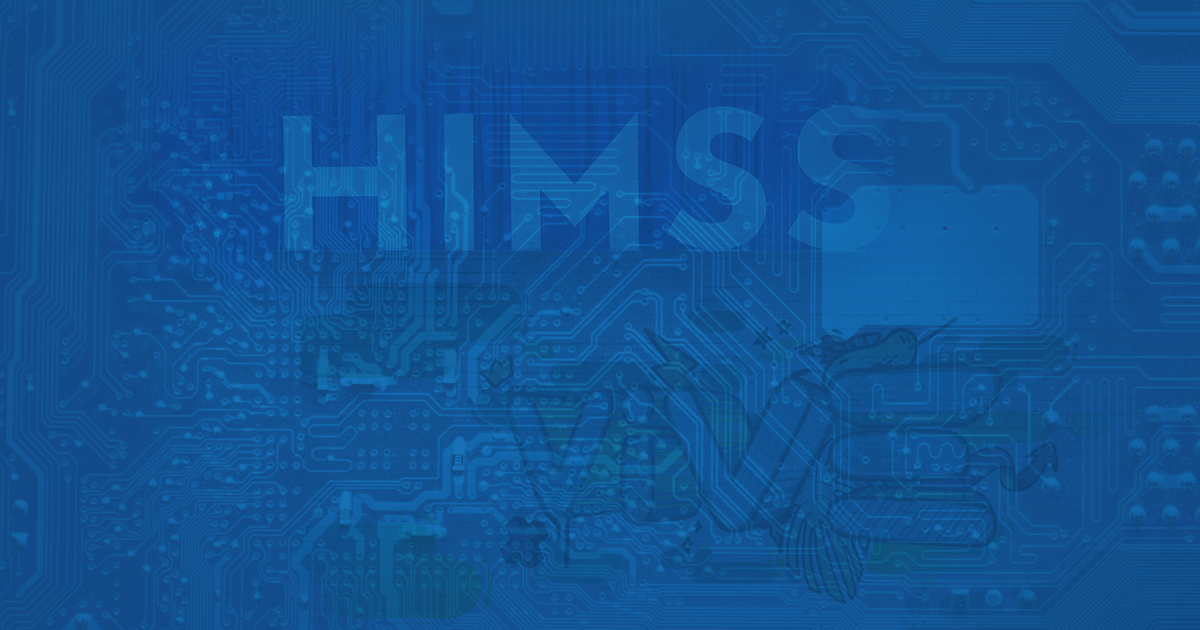Four of our healthcare leaders went to these recent industry events at ViVE and HIMSS. The following is what they took away as the top 5 themes from these events.
 |
 |
 |
 |
|
Venkat Thumula |
Mike Pietig |
Harsh Singh | Kelly McLendon, RHIA, CHPS |
|
CEO, Genzeon |
SVP, Digital Health & Strategy |
GM, Healthcare | SVP, Compliance and Regulatory Affairs |
The spring healthcare conference season is in full swing again after a two-year hibernation. March 2022 not only included the annual HIMSS conference, but the inaugural ViVE conference, a collaboration of HLTH and CHIME.
Unsurprisingly, people were excited to be back in person, shaking hands and excited to talk about anything that wasn’t about the pandemic. “There was an energy I thought that everybody missed,” commented Mike Pietig, SVP of Digital Health and Strategy, Genzeon. “The exhaustion of all-day events was trumped by the excitement of seeing people face-to-face.”
This year, four members of Genzeon’s executive team traveled to the events this March. From all the peer conversations, panel sessions, and vendor marketing, we identified the following five main takeaways.
The Talent Shortage is Real – and Growing
Nearly every conversation with healthcare executives included references to workforce burnout and talent shortages. At every level of healthcare organizations workers have had to work longer hours to cover for quarantined co-workers, early retirements, and surging hospital populations.
Greater competition during the Great Resignation is making it even harder to attract and retain highly skilled technology workers. Some organizations we spoke with needed to fill 25% of their technology team positions.
The effects of the pandemic and the subsequent talent shortage has forced companies to think more about a global delivery model. The ability to be more competitive financially, innovate faster and have a round-the-clock workforce is very compelling in the post-pandemic landscape.
Intelligent Automation is Buzzing
Artificial intelligence (AI) and machine learning (ML) have been hot buzzwords before, but the excitement around implementing comprehensive solutions has picked up momentum. New and improved solutions are making big promises with intelligent automation, touching nearly all aspects of healthcare operations, including financial, clinical, human capital, and the supply chain.
Recent investment in AI/ML companies, like Microsoft’s acquisition of Nuance in March of 2021, looks to accelerate a slew of benefits including reducing clinical burnout, streamlining financing, and detecting and treating diseases early.
“Conversation circled around the success of automation and variety of automation efforts that are in progress,” said Harsh Singh. “CIOs are diving into automation driven by the talent shortage.”
Regulations are Looming
While not the opening topic of most conversations, we did find that many healthcare partners were concerned about impending regulatory requirements. This included readiness for the next deadline of the 21st Century CURES Act and the publication of proposed changes to the HIPAA Privacy Rule. While there is a familiarity with information blocking, it is clear there is still confusion about what constitutes electronic health information (EHI), how to be compliant under the rules, and how much synchronization will be achieved between HIPAA and CURES.
With an October 6, 2022 deadline and top penalties for EHR providers of one million dollars, providers and health vendors alike need to educate themselves on the latest information. Kelly McLendon, SVP Compliance and Regulatory Affairs, recently spoke about his work with the EHI Taskforce and the need to have your designated record set clearly defined on the Talking About PHI podcast.
“Most people I spent time with were equal part concerned and confused,” said Kelly McLendon. “No one really understands where everyone else is on this and implementation is only just getting started.”
For more information about the effects of HIPAA and the CURES Act, please visit our resources on CompliancePro Solutions.
Cybersecurity is Still Top of Mind
Over 45 million individuals were affected by cybersecurity breaches in healthcare alone last year. With deep financial losses during the pandemic, many organizations cannot afford either the lockdown of ransomware attacks, or the penalties from compromised health records.
With the additional opening up of personal health information to 3rd party commercial apps, future attacks could accelerate. This is forcing organizations to become increasingly vigilant, which was witnessed with the significant traffic in the Cybersecurity Command Center at HIMSS. Future security risk assessments cannot simply look for HIPAA compliance but rely on multiple security frameworks to protect data and secure financials, while still allowing for open care coordination.
“Combating the cybersecurity challenges was a big part of the discussions,” said Venkat Thumula. “This included the switch to telecommuting, managing security & privacy becoming the core of health systems IT strategy.”
Connectivity and Coordinate Care
One of the more optimistic trends revolved around the themes of coordinated and connected care. This included many different things: the ubiquitous consumer health trackers, “hospital at home” initiatives, telemedicine app development solutions, and increased attention to the consumer experience in patient engagement.
Unlike the financial or security benefits that clearly influence so much of the content at these shows, connected care had a more futurist and collaborative feel to it.
“At HIMSS, the Interoperability Showcase in the past had a bunch of companies just doing interoperability. Now that showcase is about connected care,” said Mike Pietig. “There were multiple patient exam rooms and showed how a combination of a few different companies are connecting all the components of care, working together to really improve health care and outcomes.”
All in all, we were very glad to be able to spend time with so many great friends, partners, and colleagues. For more information on other conference takeaways, be sure to check out some of following articles:
- First Annual ViVE Conference: Reactions and Takeaways – Health IT Answers
- HIMSS 2022: Health equity, transformation, Michael Phelps, Scott Pelley, and other highlights (chiefhealthcareexecutive.com)
- Health Equity, Burnout, and Patient Experience are Hot Topics at HIMSS22 | Healthcare IT Today
- 3 trends driving transformation decisions in healthcare IT | CIO
We would love to hear what you noticed at the shows, or what you think was missed.



